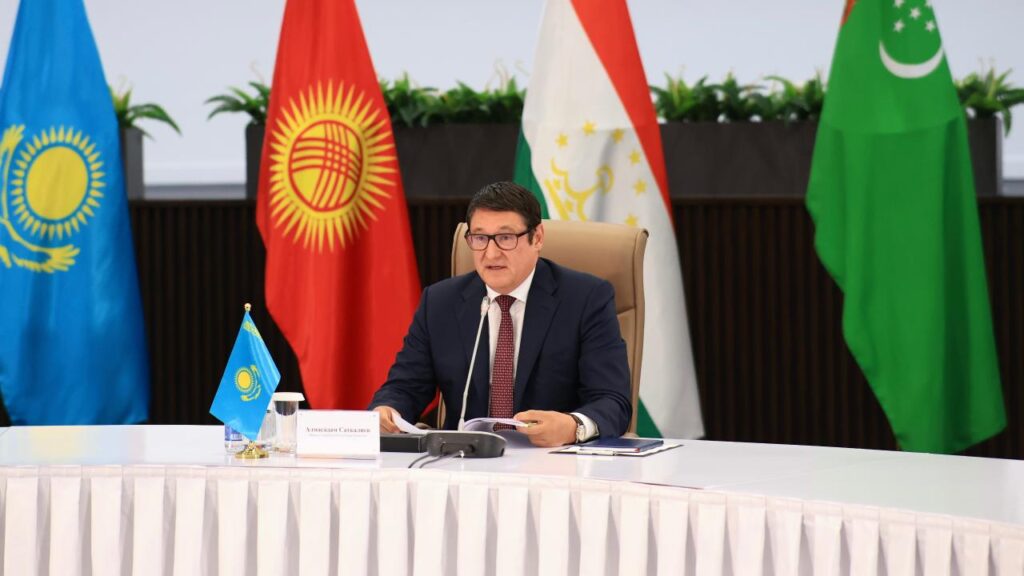SCO Opens Foreign Exchange Alliance for Yuan, Tenge, and Ruble
The Shanghai Cooperation Organization (SCO) has instigated an Alliance of Currency Transactions to increase the share of settlements in national currencies—the Kazakh tenge, the Russian ruble, and the Chinese yuan—in mutual trade between SCO member states. The main goal of the initiative, launched in Qingdao based on the Demonstration Zone of Regional Trade and Economic Cooperation within the framework of the SCO Capital Park, is to reduce dependence on the US dollar and the euro in international settlements and in turn, strengthen the economic independence of the organization's member countries and increase the stability of their financial systems. In addition, the Alliance will help simplify currency transactions, accelerate cross-border payments, and create a more transparent and efficient financial infrastructure between the SCO member countries. The initiative reflects the general move towards strengthening economic cooperation within the organization, including China, Russia, Kazakhstan, Tajikistan, Kyrgyzstan, Uzbekistan, India, Pakistan, Iran, and Belarus. As previously reported, the SCO states are increasing the use of national currencies in mutual settlements. The creation of the Alliance was a step in the development of regional financial integration, and its launch underscores the growing interest of SCO countries in using their currencies in foreign economic activity.






